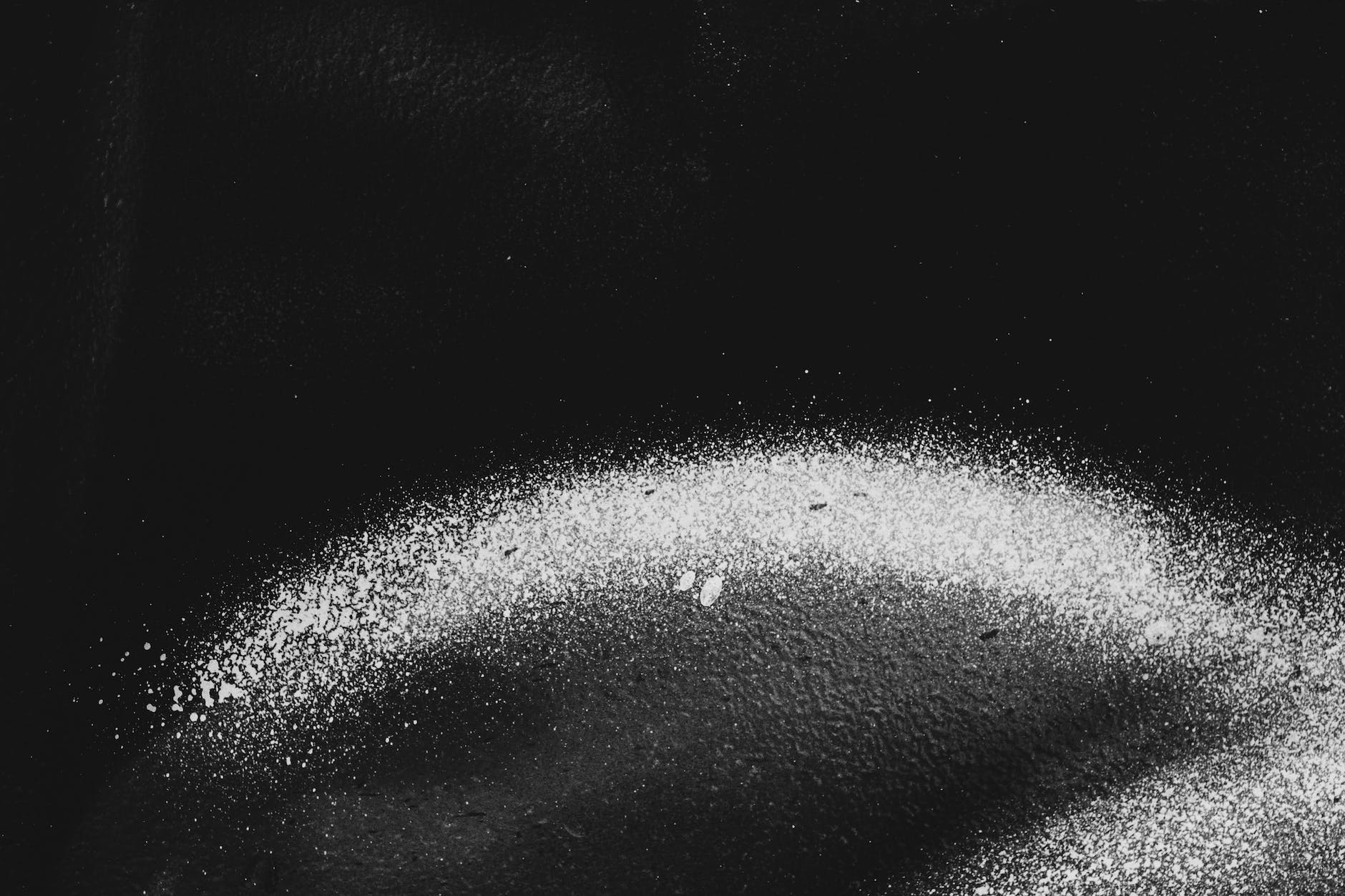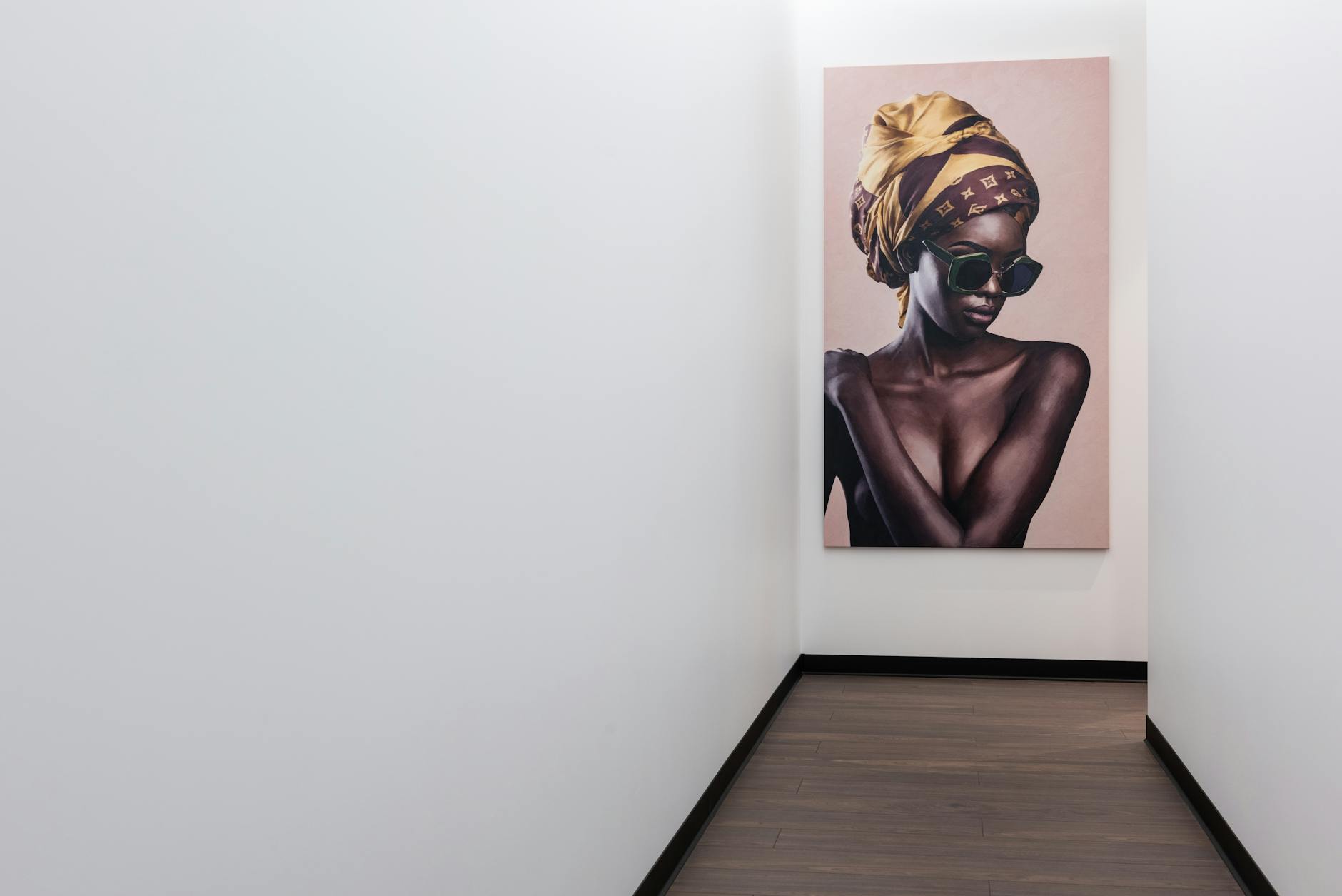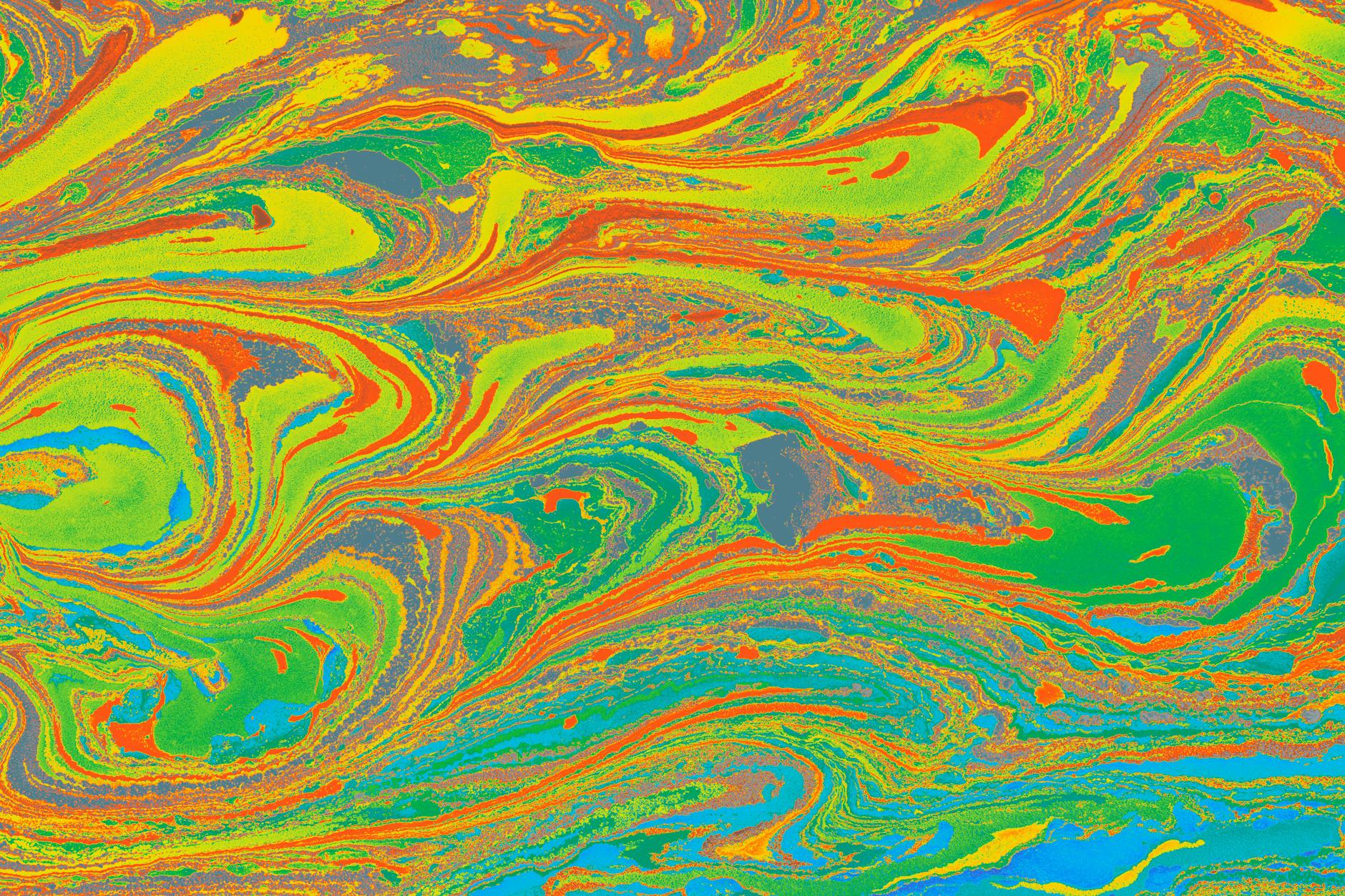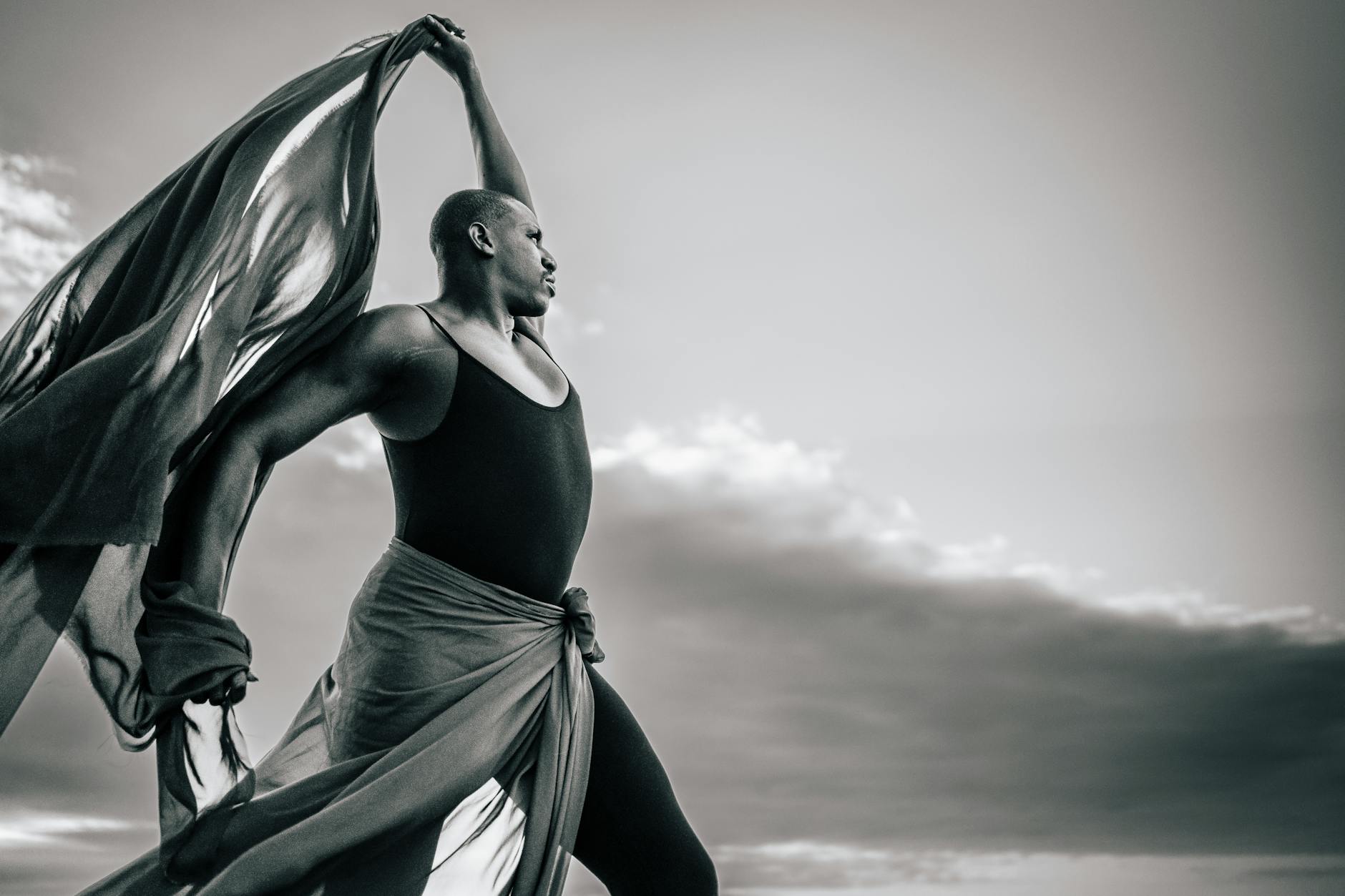Enhanced by a fusion of dreamlike imagery, symbolic representation, and subconscious exploration, Psychedelic art and Surrealism exemplify a realm beyond the boundaries of ordinary perception. These unique art forms challenge our conventional understanding of reality and propel us into the immense terrain of human consciousness and imagination.
Psychedelic art emerged in the 1960s, during an era marked by countercultural movements and a fascination with the transcendent effects of certain substances. As an artistic representation of the mind-bending experiences induced by psychedelic drugs, it is characterized by abstract symbolism and bright, often swirling colors that mirror the altered states of consciousness experienced by users of such substances. Combining these vivid elements with profound metaphysical concepts, it became a popular form of visionary art that changed the artistic landscape and continues to do so today.
Surrealism places equal emphasis on subconscious exploration, predating Psychedelic art by several decades as it originated in the early 20th century. Surrealistic pieces feature fantastical creatures, irrational juxtapositions, and surprising transformations aimed to create a sense of disorienting, dreamlike irrationality. Surrealism seeks to fuse reality and dreams into a “super reality” that transcends the boundaries of the conscious mind, as championed by prominent surrealist artist Salvador Dali. Dali used his art as a canvas for his subconscious mind, creating vivid, eerie landscapes filled with bizarre objects and creatures that seemed to connect directly with the viewer’s psyche.
Psychedelic art and Surrealism share central themes of dreamlike imagery, subconscious exploration, and symbolic representation, but they differ in their presentation and context. Where psychedelic art is often vibrant and chaotic, surrealism is more controlled, featuring precise, almost realistic depictions of unrealistic subjects, inspired by aspects of abstract expressionism.
These styles also have different social and historical contexts. Psychedelic art is deeply associated with the countercultural movements of the 1960s, while Surrealism was born in the aftermath of the devastating World War I as a critique of the social and political structures that artists believed had caused the conflict.
That said, the intersection of Psychedelic and Surrealistic art has produced some of the most groundbreaking artistic displays of subconscious exploration. Today, many artists blend the vibrancy and consciousness-expanding attributes of psychedelic art with the detailed dreamlike imagery and symbolic representation of surrealism, creating breathtaking works that challenge viewers’ conception of reality.
One such artist is Alex Grey, whose work extends beyond simplistic psychedelic themes to deliver intricate art pieces marked by a wealth of symbolism and high levels of detail. His signature style, often described as visionary art, incorporates elements of both surrealism and psychedelic art to explore profound mystical and spiritual themes.
The exploration of profound themes in Psychedelic and Surrealistic art showcases the depth of the human subconscious and our untapped capacity for creativity and imagination. These art forms encourage us to question and transcend ordinary perceptions of reality, prompting us to think deeper about the nature of the self and the universe.
Psychedelic art and Surrealism, each uniquely groundbreaking in their exploration of the subconscious mind and symbolic representation, continue to inspire countless artists and viewers alike. Their fusion of vivid colors, abstract shapes, and dreamlike imagery encapsulates the infinite realm of human imagination, leading us on an unforgettable journey into the surreal depths of the human psyche.
In essence, the compelling interplay of Psychedelic Art and Surrealism provides us with the supernatural, alien-like landscapes that catapult us into another dimension. A realm where form loses its concrete meaning, colors erupt in unusual juxtapositions, and imagery alters our preconceived notions of reality. To delve into such artistic terrain is to undertake an exploration of the extraordinary depth of human consciousness and the limitless boundaries of imagination.
Sources:
Visionary Art
Dali’s Surrealist Art
Abstract Expressionism








